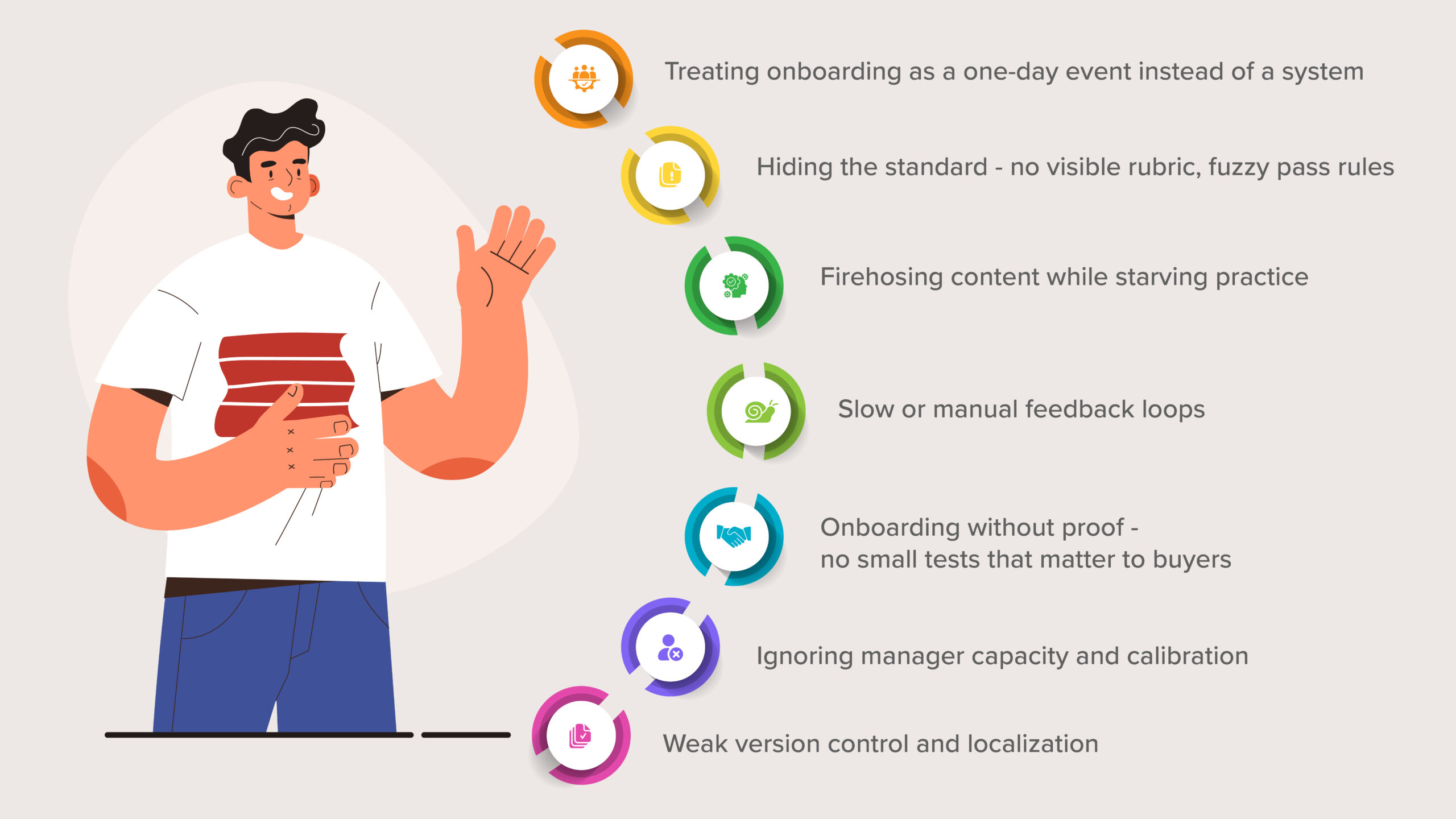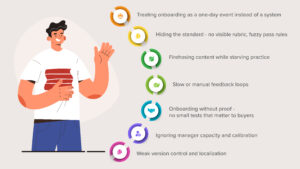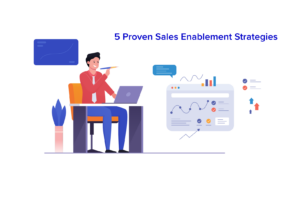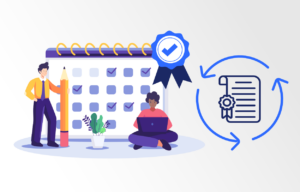Workshops still matter. They set direction and get people in the same room. The problem shows up after everyone goes home. Reps do not practice enough, feedback arrives late, and the tough parts of the job stay untested. In enterprise sales training, that gap turns into slow ramp, shaky demos, and missed disclosures.
AI roleplay changes the rhythm. Reps talk to an avatar that behaves like a buyer or an HCP. The system scores the conversation against a visible rubric and suggests the next thing to practice. Managers see what to coach without scrubbing through hours of video.
Below are five short, practical cases. Each one follows the same flow:
- Context
- Where traditional training broke down
- What changed with the AI roleplay
- Results
- What to copy
These are composites from real programs. Names and details are simplified so the patterns are easy to lift.
Case 1: Pharma launch with strict compliance needs
Context
A global pharma team prepared a new indication across three regions. New reps and transfers had to pass certification before speaking with HCPs.
Where traditional training broke down
Launch bootcamps were heavy on slides and light on practice. Reps could recite the deck but stumbled when a physician pressed for evidence. Managers graded by hand. Feedback landed days later. Compliance had to chase proof.
What changed with AI roleplay
Enablement built four short scenarios: HCP discovery, evidence discussion, a compliance checkpoint, and a slide-based demo. The rubric used hard gates for required statements. The avatar asked about endpoints, inclusion criteria, and safety. Misses were flagged instantly. Reps saw the issue and tried again while it was fresh.
Results
- Ramp to the first certification gate dropped by weeks.
- Compliance misses fell in practice and stayed low in the field.
- Manager review time went down because scoring and transcripts were ready on the dashboard
- Reps showed up to their first HCP calls calmer and clearer.
What to copy
- Make required statements pass gates, not reminders.
- Pair demos with a scenario that reacts to the exact slide content.
- Keep each run under six minutes. Shorter sessions get done.
Case 2: Medical devices demo skills for busy OR teams
Context
A surgical device business needed tighter demos. Surgeons interrupted often. Reps lost the thread and ran out of time.
Where traditional training broke down
Workshops taught features. Live rooms taught pressure. The two rarely met. Managers could not ride along as much as they wanted.
What changed with the AI roleplay
The team created a three-part demo quest: quick pre-op discovery, a two-slide screen-share demo, and a mid-demo interruption. Scoring rewarded pace, clarity, and control. The avatar asked about sequence and safety steps. Reps practiced one reset phrase and returned to the main point.
Results
- Demos hit the core use case in under three minutes.
- Fewer “let’s circle back” endings after interruptions.
- Better conversion from trial to purchase when the sequence matched the rubric.
- Managers coached fewer topics and got better results.
What to copy
- Limit demos to three beats: headline, proof, check-back.
- Train a reset line and practice returning to the story.
- Treat control of pace as a skill with points, not a nice-to-have.
Case 3: Retail banking onboarding for KYC and advisory basics
Context
A retail bank opened new branches. New bankers needed clean KYC interviews and confident advisory conversations without escalations.
Where traditional training broke down
Classroom sessions explained policy. Live interviews still stalled. Disclosures came out of order. Discovery stayed shallow.
What changed with AI roleplay
Enablement wrote three scenarios: KYC interview, risk and suitability, and fee objection handling. The rubric enforced KYC and disclosure items as mandatory checkpoints. The avatar asked for purpose of account, funding source, and risk tolerance. Every branch used the same pass thresholds.
Results
- Faster time to KYC certification.
- Fewer early escalations from new bankers.
- A clean audit trail with transcripts, scores, and version history.
- Coaching focused on the two places where discovery tended to fail.
What to copy
- Treat KYC and disclosures as non-negotiable gates.
- Make clarifying questions part of the rubric.
- Keep thresholds uniform so certification means the same thing everywhere.
Case 4: Insurance field reps handling fees, fit, and cancellations
Context
A national carrier saw too many appointments end in reschedules. Fee objections dragged, and suitability checks lacked depth.
Where traditional training broke down
Regional workshops boosted morale for a week. Then the habit faded. Reps tried five different objection frameworks. None stuck.
What changed with AI roleplay
The team moved to short mobile sessions. Two scenarios per week: suitability check and the top fee objection. Everyone used one answer model: Acknowledge, Clarify, Evidence, Value tie-back, Next step. Streak rewards kept practice steady without turning it into a game show.
Results
- Fewer reschedules after the first appointment.
- Faster certification on suitability language.
- One objection structure that worked in every region.
- Higher practice rates because sessions took minutes, not an hour.
What to copy
- Pick one objection model. Use it for everything.
- Reward streaks to build the habit.
- Keep scenarios tight so reps practice between calls.
Case 5: Diagnostics sales across multi-stakeholder hospital deals
Context
Selling into hospitals meant multiple personas: lab managers, procurement, infection control. Value had to change with the audience.
Where traditional training broke down
Workshops explained the org chart. Calls still drifted. Value statements stayed generic. Stakeholder mapping happened late, if at all.
What changed with AI roleplay
Enablement created three persona-specific scenarios. The avatar pushed on turnaround time, total cost, and quality standards. The rubric scored clarity, stakeholder mapping, and next-step control. Managers shared one 30-second exemplar for each persona so reps could hear “what good sounds like.”
Results
- Faster alignment on next steps during early calls.
- Cleaner handoff from discovery to technical demo.
- Value tied to the persona’s world, not a stock pitch.
- Shorter time from first call to confirmed trial.
What to copy
- Write separate scenarios and pass rules for each persona.
- Share one exemplar clip per persona.
- Score stakeholder mapping and next-step clarity as their own skills.
Common threads across all five cases
Short beats long
Ten minutes of focused practice, a few times a week, outperforms a monthly marathon. People actually show up for short sessions.
Visible rubrics end guesswork
Publish criteria and pass thresholds. Reps know what “good” looks like. Managers coach the same standard. Certification feels fair.
Compliance needs gates
In regulated industries, a session should not pass if required statements are missing. That single rule protects customers and the company.
Analytics should lead to action
Managers need to know who needs help and where to focus. Scores, transcripts, and short clips next to the dashboard make that obvious.
Light gamification keeps the drumbeat
Points, streaks, and simple leaderboards increase frequency. Reward consistency more than big spikes.
Put these ideas to work in your enterprise sales training
- Start with four scenarios tied to moments that move outcomes: discovery, a screen-aware demo, the top objection, and the key compliance step.
- Publish the rubric and thresholds before anyone starts. Make required statements pass gates. Keep criteria observable.
- Schedule three ten-minute sessions per rep per week and one coaching touch that uses dashboard data.
- Pick one objection model and stick to it. Less mental load, better answers.
- Share one exemplar clip per scenario so people can hear the target.
- Report four numbers only: time to first pass, score by skill, compliance miss rate, and manager review time saved.
This plan fits into a real week. It also scales without swamping managers.
Where SmartWinnr fits
If you want one place to run practice and reinforcement, SmartWinnr brings the pieces together:
- Two-way AI roleplays that adapt in real time.
- Screen-aware practice for demos and IFUs.
- Real-time suggestions during sessions.
- Weighted rubrics with visible thresholds and consistent grading.
- Dashboards with skill scores, transcripts, keyword coverage, and exemplar clips.
- Microlearning, quizzes, and paths to reinforce key messages.
- Light gamification to keep the habit going.
- Language support suited for global teams.
- Use that stack to build the four scenarios that matter most. Keep practice short. Coach to the data. The results follow.
FAQs
How does AI roleplay for sales shorten onboarding time?
It compresses the feedback loop. Reps practice the exact conversations they will face, get instant scoring against a visible rubric, and retry while the session is fresh. That frequency and clarity remove guesswork, so reps reach certification faster.
What should a good onboarding rubric include?
Cover discovery depth, accuracy of claims or disclosures, value clarity, objection handling, call control, and any mandatory statements. Assign weights and publish pass thresholds. Keep the rules visible to reps and consistent across regions.
How many AI roleplay sessions should new reps complete each week?
Three short sessions, about ten minutes each, is a solid baseline. Pair them with two quick spaced quizzes and a small microlearning update. The point is steady repetition, not long marathons.
How do pharma and BFSI teams keep roleplays compliant?
Turn required statements into hard gates in the rubric. Use approved phrasing for risk, safety, and disclosures. Keep version history for scenarios and exportable logs so audits have a clean trail.
How do we measure impact in the first quarter?
Track time to first pass by scenario, average score by skill, compliance miss rate, and manager review hours saved. Add one field signal that matches your reality, like stage conversion or call-quality audit results, to tie practice to outcomes.
Bottom line
Enterprise sales training works best when practice is frequent, scoring is consistent, and coaching time goes to the few skills that change outcomes. AI roleplay makes that doable. The five cases above show a repeatable way to get there without adding busywork.
 Two way AI Role Plays
Two way AI Role Plays Targeted Learning
Targeted Learning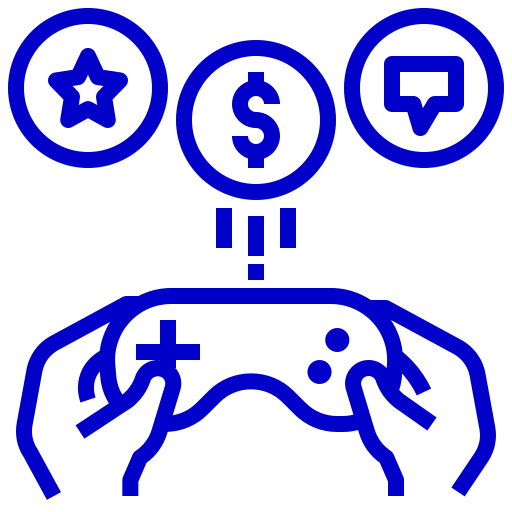 Gamification
Gamification Sales Coaching
Sales Coaching Sales Contest
Sales Contest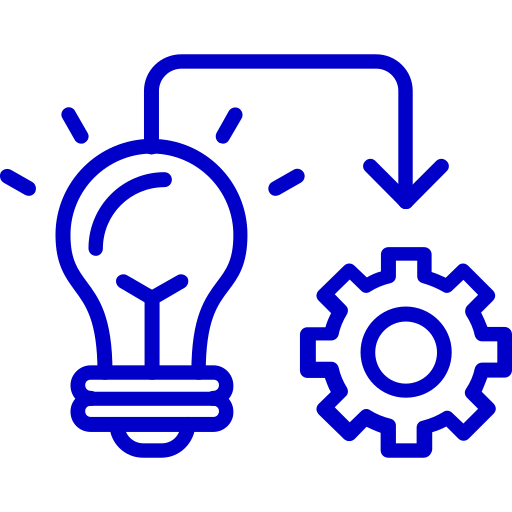 Implementation
Implementation Consulting
Consulting Enterprise Ready
Enterprise Ready Pharmaceuticals
Pharmaceuticals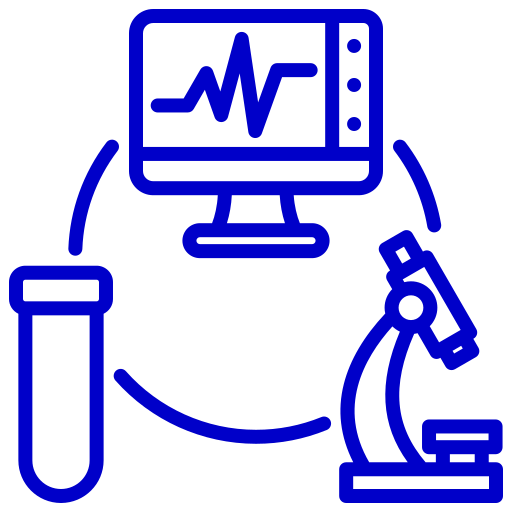 Medical Devices
Medical Devices Insurance
Insurance Banking
Banking Technology
Technology Senior Living
Senior Living Sales
Sales Call Centers
Call Centers Marketing
Marketing Improve Sales Productivity
Improve Sales Productivity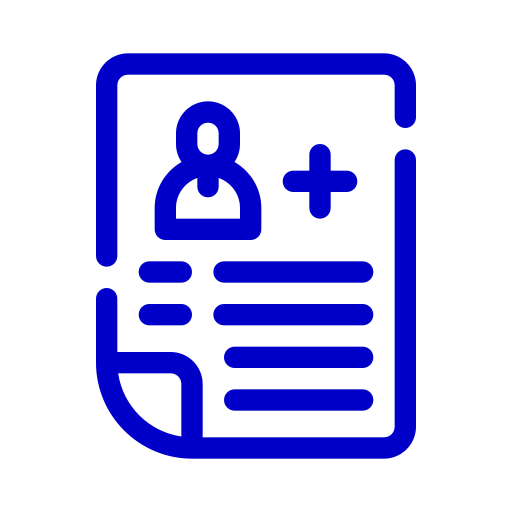 New Hire Onboarding
New Hire Onboarding New Product Launch
New Product Launch Channel Partner Training
Channel Partner Training Sales Events
Sales Events Success Stories
Success Stories Whitepapers and eBooks
Whitepapers and eBooks Contest Template Designer Tool
Contest Template Designer Tool Sales Training
Sales Training Gamification
Gamification All Blogs
All Blogs
